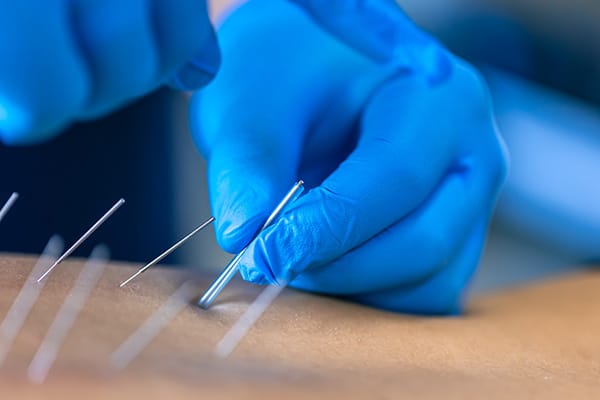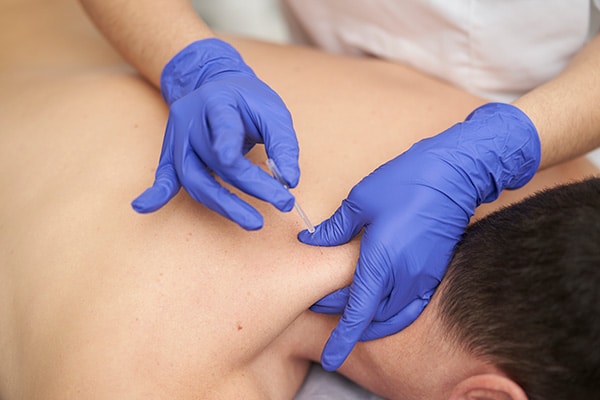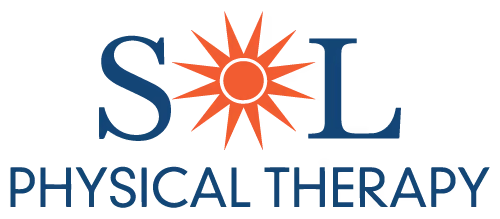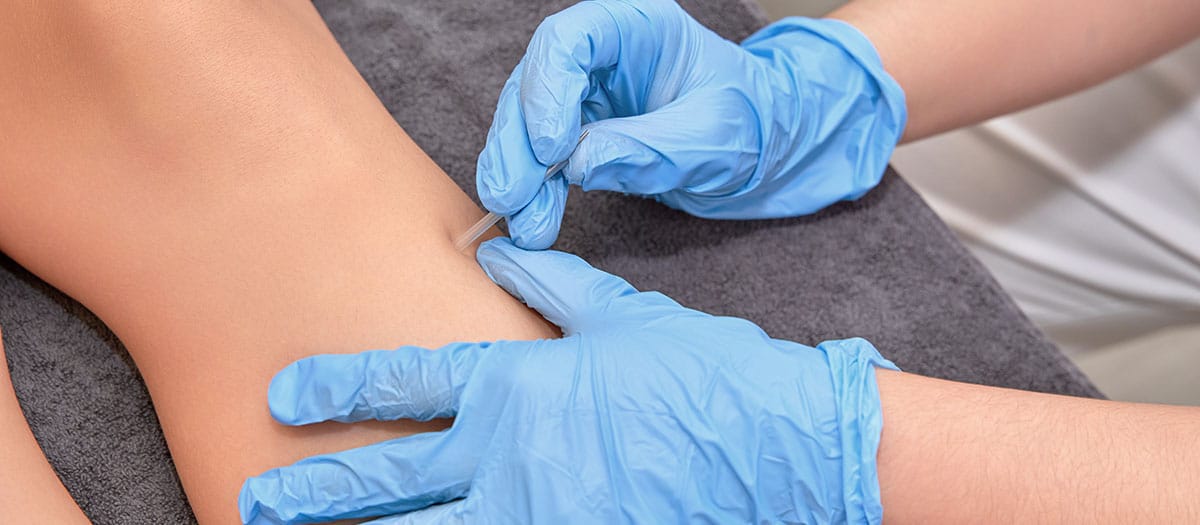Dry needling is an effective treatment technique that has gained popularity for its ability to alleviate musculoskeletal pain and dysfunction. In this article, we’ll explore what dry needling is, how it works, and the benefits it offers for orthopedic patients experiencing a variety of conditions.
What is Dry Needling?
Dry needling involves the insertion of thin, sterile needles into trigger points—tight, knotted areas within muscles. Unlike acupuncture, which focuses on balancing energy flow, dry needling specifically targets muscle tissues to relieve pain and promote healing.

How Dry Needling Works
1. Muscle Relaxation:
2. Pain Modulation:
The technique can disrupt pain signals sent to the brain, providing immediate relief for many patients.
3. Improved Range of Motion:
By addressing muscle tightness and dysfunction, dry needling enhances mobility, which is essential for rehabilitation after injuries or surgeries.

Benefits for Orthopedic Patients
Dry needling is beneficial for a wide range of conditions, including:
- Knee Pain
- Elbow Pain
- Lower Back Pain
- Neck Pain
- Shoulder Pain
- Headaches and Migraines
- Tendonitis and Bursitis
- Myofascial Pain Syndrome
- Sports Injuries (strains, sprains, overuse injuries)
- Chronic Pain Conditions
1. Effective for Acute and Chronic Conditions
2. Enhances Post-Surgery Recovery
3. Integrative Approach
4. Minimal Side Effects
Is Dry Needling Right for You?

Conclusion
Dry needling is an effective technique for managing orthopedic pain and facilitating recovery from injuries and surgeries. By understanding its mechanisms and benefits, patients can make informed decisions about their treatment options.
To learn more about Sol’s dry needling services, read more about our dry needling therapy services. If you have questions or would like to explore how dry needling can help you on your path to recovery, don’t hesitate to reach out for more information.





